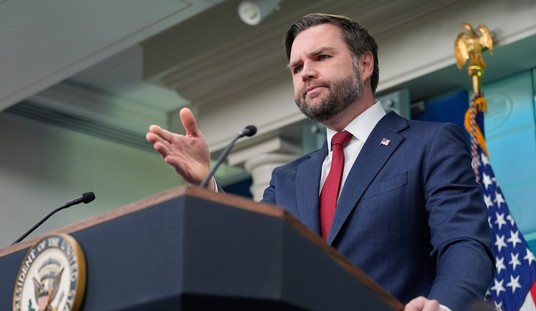Ask the average casual green advocate what it takes to make an electric car “go” and most will answer with: “Batteries.” An accurate, simple, and woefully incomplete response.
Electric cars indeed run on batteries. The batteries that power the vehicles Pete Buttigieg hails as the alternative to oil are made from raw materials and those materials are mined in millions of metric tons each year. Those elements are, smelted, refined, and eventually end up as the power source of an electric car (EV). Some of those elements are in abundance. Some are rare but all of them, are mined. Name an element in an electric car battery and that element is the after-product of a strip mine.
Take, for instance, lithium. Lithium is found in abundance in America. For example, there’s a vast reserve in Nevada at Thatcher Pass, located close to the Oregon border. Locals and Native Americans don’t want it mined. They see strip mining in general and that site in particular, as a new degradation of the environment. Who is developing the future lithium mine at Thatcher Pass? “Lithium Americas.” Lithium Americas is majority-owned by China’s Ganfeng Lithium Company – which is the world’s biggest strip miner of lithium.
Even with environmental restrictions in place, the Nevada mine will strip millions of tons of earth, to extract just one element needed for EVs.
In other parts of the world, elements needed for EV batteries are strip-mined, with human costs that your average “greenie” doesn’t want to think about. Almost all of the known deposits of cobalt are found in the Congo. The conditions the average miner is subjected to in the Congo are horrific, including child labor and human rights abuses. According to Tesla, Tesla is moving away from cobalt in its batteries. Not so with other domestic EV manufacturers.
A collateral problem with element mining, beyond strip mining, is the cost of those elements on the open market. Nickel is another critical metal in EV batteries and, like any metal, is subject to the predations of market trends and market manipulation. On Tuesday, the cost of a metric ton surged to $100,000, about a 100 percent increase. The London Metal Exchange stopped trading on nickel. Just that surge would translate into a six percent increase in the cost of an EV. That’s just one day of trading.
The physical processes in producing EVs have improved, but the process for keeping those EVs running still has its problems, at least for some manufacturers. If you watched the Super Bowl, no doubt you saw an abundance of EV commercials, including multiple ads from GM. But last year, GM had to recall its “Tesla slayer,” the Bolt, because the batteries were burning their Bolts down. Owners charging their Bolts might find the Fire Department in their garages. GM had to recall every Bolt made.
What to do with EV batteries once their effective life is spent? “Experts” envision a recycling process by which used EV batteries are completely recycled. Sounds nice but we aren’t there. Not even close. The cost to do that, at present, exceeds the cost of pulling the elements out of the ground. Where is the most “efficient” EV battery recycler located? China.
Although the Secretary of Transportation loves to speak in platitudes and envisions EVs replacing all vehicles on the road — that’s an unattainable myth. Biden’s National Economic Council Director, Brian Deese, went further, claiming that zero-emissions was the “ultimate goal.” “Eliminating” fossil fuel is no more realistic than a flying DeLorean. It’s patently absurd. Biden’s “Zero Emissions” goal is a fantasy.
Biden economic advisor Brian Deese: "The only viable path to energy independence" is to reduce fossil fuel use to "zero." pic.twitter.com/49q1Nav5hC
— RNC Research (@RNCResearch) March 8, 2022
In the real world, trucks bring our goods to market in tractors powered by diesel engines. Trains run on diesel, too. We are not replacing those with EVs. The equipment used to mine elements for EVs is all diesel. Smelting those elements generally requires fossil fuels. Ships don’t run on magic dust. Passenger planes will never fly on batteries. Farm equipment is run on engines that drink diesel or gas. The commercial market is now, and for the foreseeable future, powered by oil and gas.
For the consumer, most Americans don’t have the income to replace their gas-powered car with a $140,000 EV with a 300-mile range. Wealthy celebrities are fond of mouthing modern-day “Let them eat cake” lectures. They love to scold the common middle-class American for not getting on the EV train but reality is different. Unlike Steven Colbert, most Americans can’t afford a Tesla. With Biden and his crack team of clowns, now Americans can’t even afford to put gas in their cars.














Join the conversation as a VIP Member